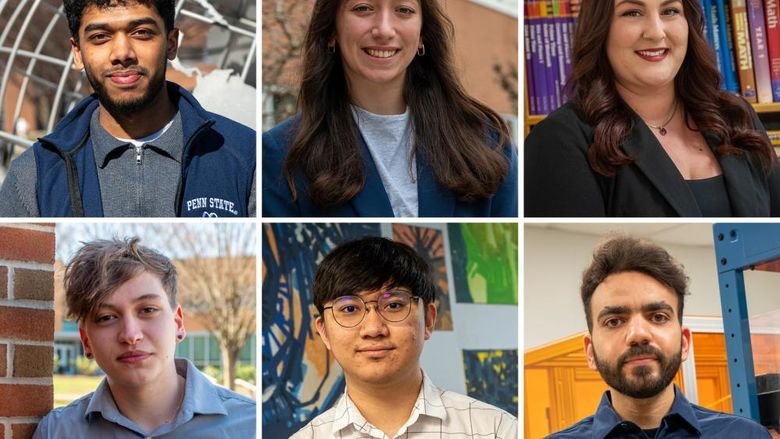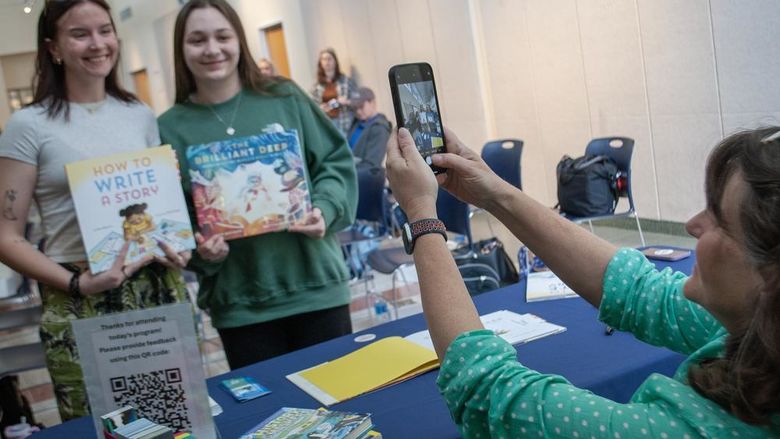HARRISBURG, Pa. — As school districts across the country embrace the digital age and step up the technology available to students and educators in the classroom, some innovative districts have gone as far as incorporating computer coding into the curriculum universally taught to middle and high school students.
The Middletown Area School District in Middletown, Pennsylvania, for instance, this spring brought coding to their schools through a partnership with the Capital Area Institute for Science and Mathematics (CAIMS) at Penn State Harrisburg.
CAIMS was established in 1992 as part of the national Goals 2000 Initiative to bring together education, business, industry, government and the community in assisting school districts with delivering high-quality mathematics and science education. The organization moved to Penn State Harrisburg in 2002, where it remains and is directed by Judith Witmer, assistant professor of education.
As part of this education initiative, CAIMS gifted 24 Spheros to the Middletown Area School District for use in the classroom. Spheros, robotic toys that can be programmed through an application, allow students to write code at the command line and execute it on the Sphero balls, effectively teaching coding through hands-on learning.
According to Christine Mostoller, the district’s director of curriculum, instruction and assessment, the Spheros were put to use immediately, and the students took to them with enthusiasm.
Middle school students using the devices were able to construct an obstacle course consisting of ramps, turns and tunnels, and code the Spheros to navigate through them, she said. At the high school level, teachers are able to incorporate the robots into their lesson plans to visually represent mathematical concepts.
“While students are increasingly proficient with the use of technology, they need to learn to create using technology,” Mostoller said. “I liken this process to being able to read but not write. Through the use of Spheros, we hope to increase the technological fluency of our students and introduce them to a growing career pathway.”
Careers in coding are projected to increase at a rate of 30 percent before 2020, she added, which is twice the projected growth rate for other career paths. By incorporating the Spheros into classroom instruction, the students gain valuable exposure to a language that is quickly gaining value.
However, learning to code is only one of many skills the students are learning through use of the robots.
“The process of generating an idea and turning that idea into a product is critical for students,” Mostoller said. “Collaboration, creativity, time management, persistence, and problem solving are all extraordinarily valuable skills for students, and using the Spheros enables teachers to provide opportunities to learn and practice them.”
According to Witmer, Penn State Harrisburg and CAIMS have plans to continue their relationship with the Middletown Area School District in the future.
“Penn State Harrisburg — through CAIMS and other programs, including teacher education — and Middletown have had a positive relationship for years,” she said, “and we are hoping to expand that partnership.”
Upcoming work with Middletown includes the Neighbor-to-Neighbor project, an initiative designed to bring professional development to Middletown Elementary School faculty.
“CAIMS and Dr. Witmer have been proactive in communicating with us to ensure that our needs are being met through these projects,” Mostoller said. “I anticipate that our communication will continue and increase in frequency as we fully implement the Spheros and professional development opportunities. It is gratifying to take advantage of the opportunity that exists right in our back yard."





